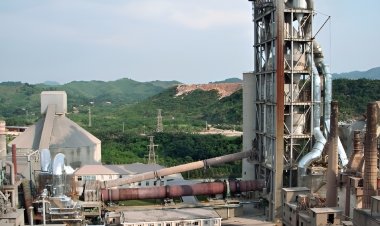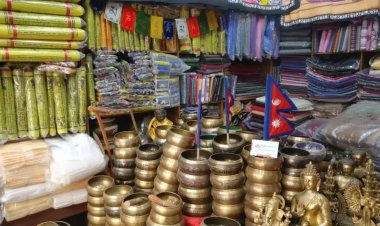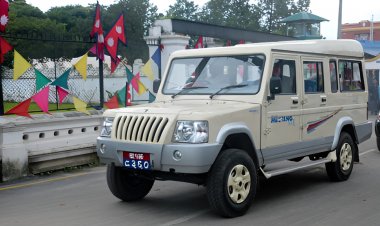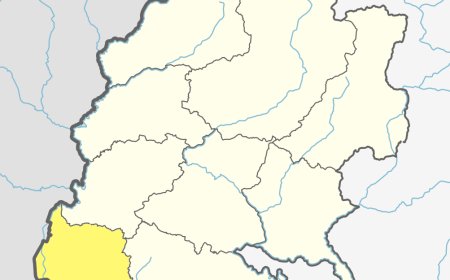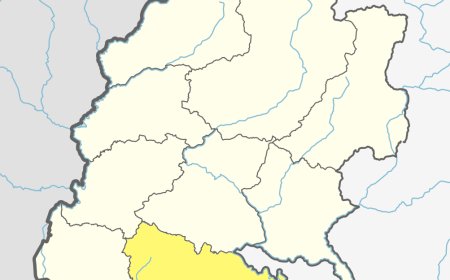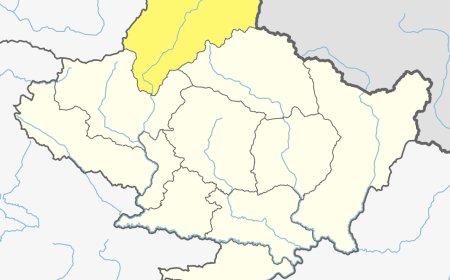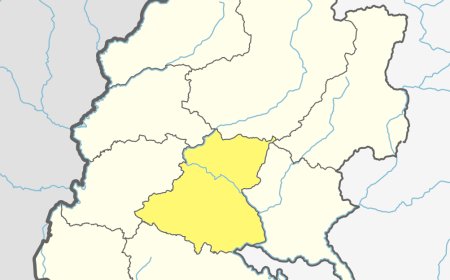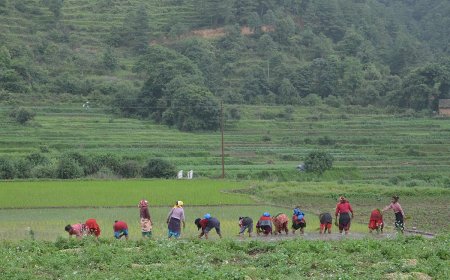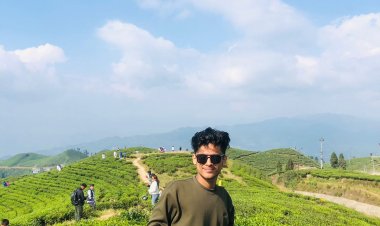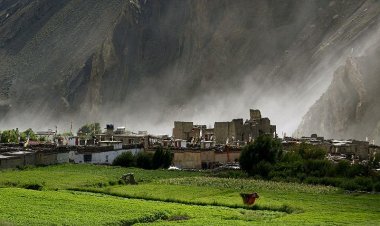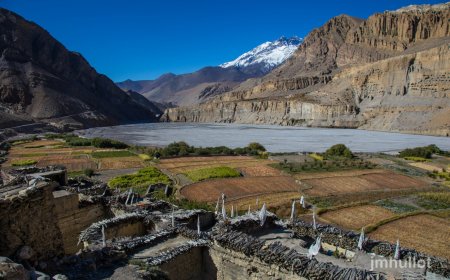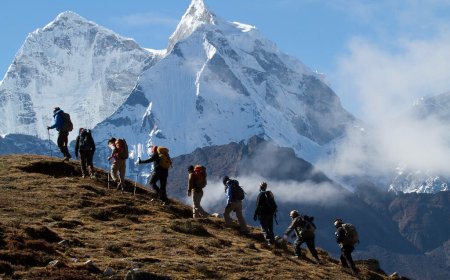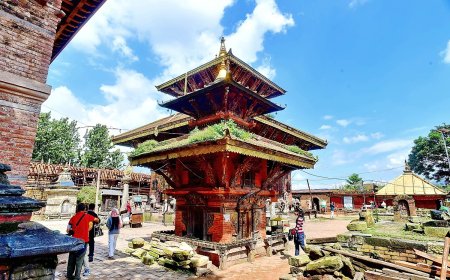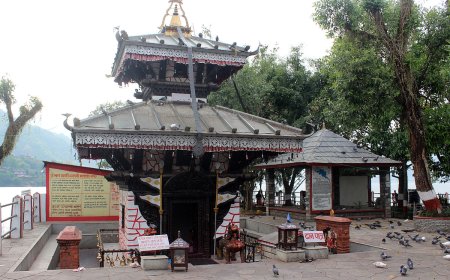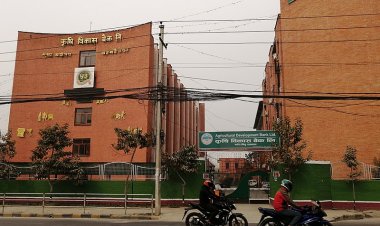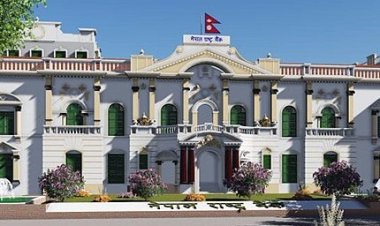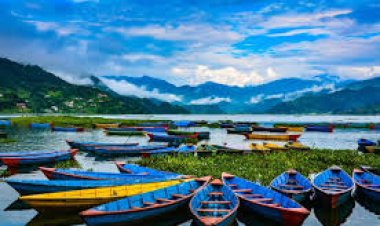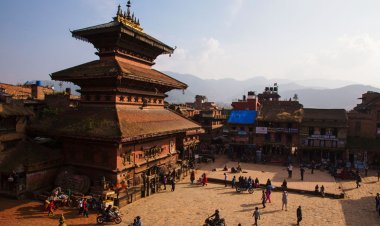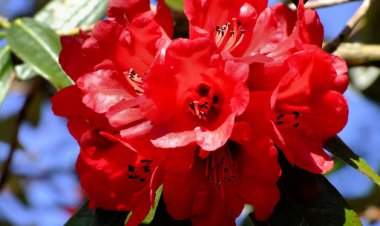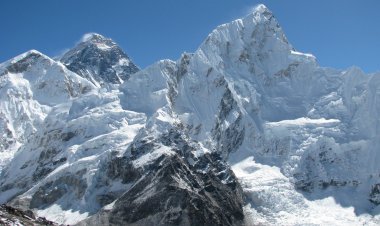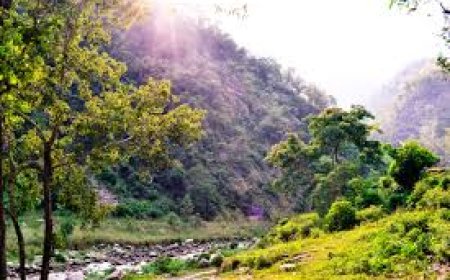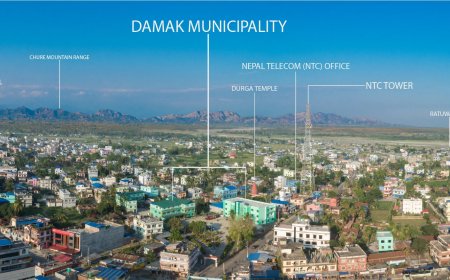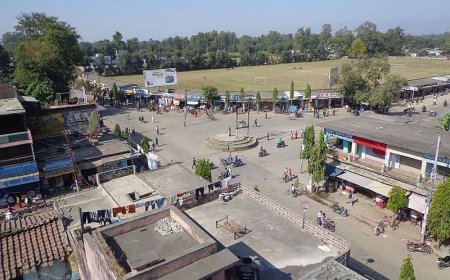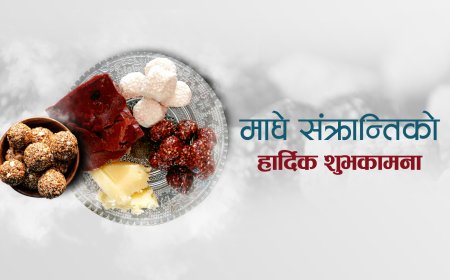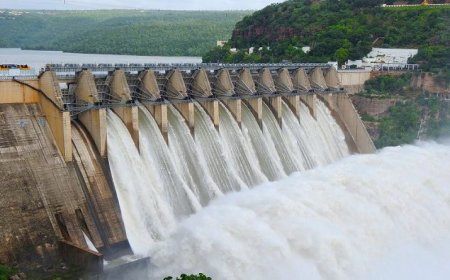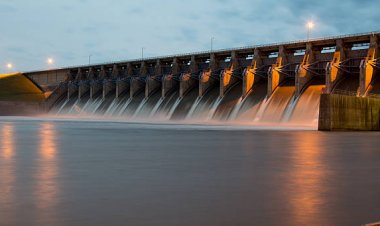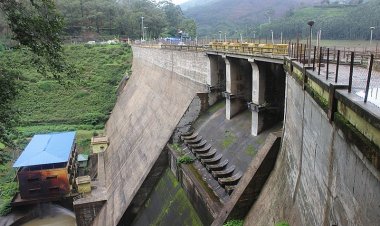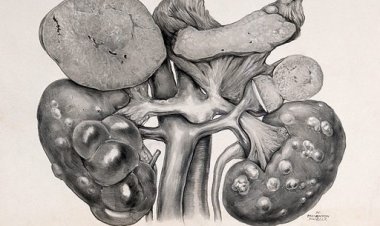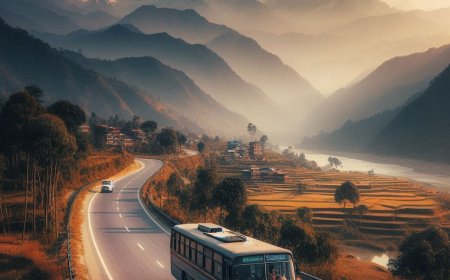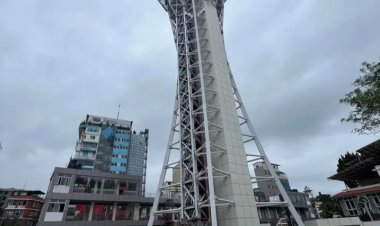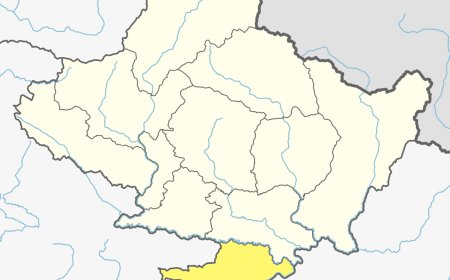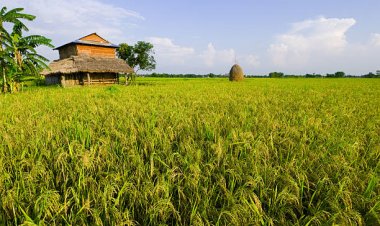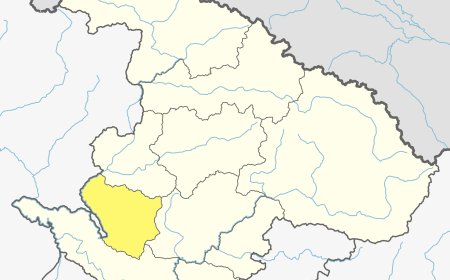Darchula: A Remote Gem of Nepal’s Scenic Far West
Let’s discover Darchula district’s natural beauty, cultural diversity, and trekking routes, a hidden gem in Sudurpaschim Province.
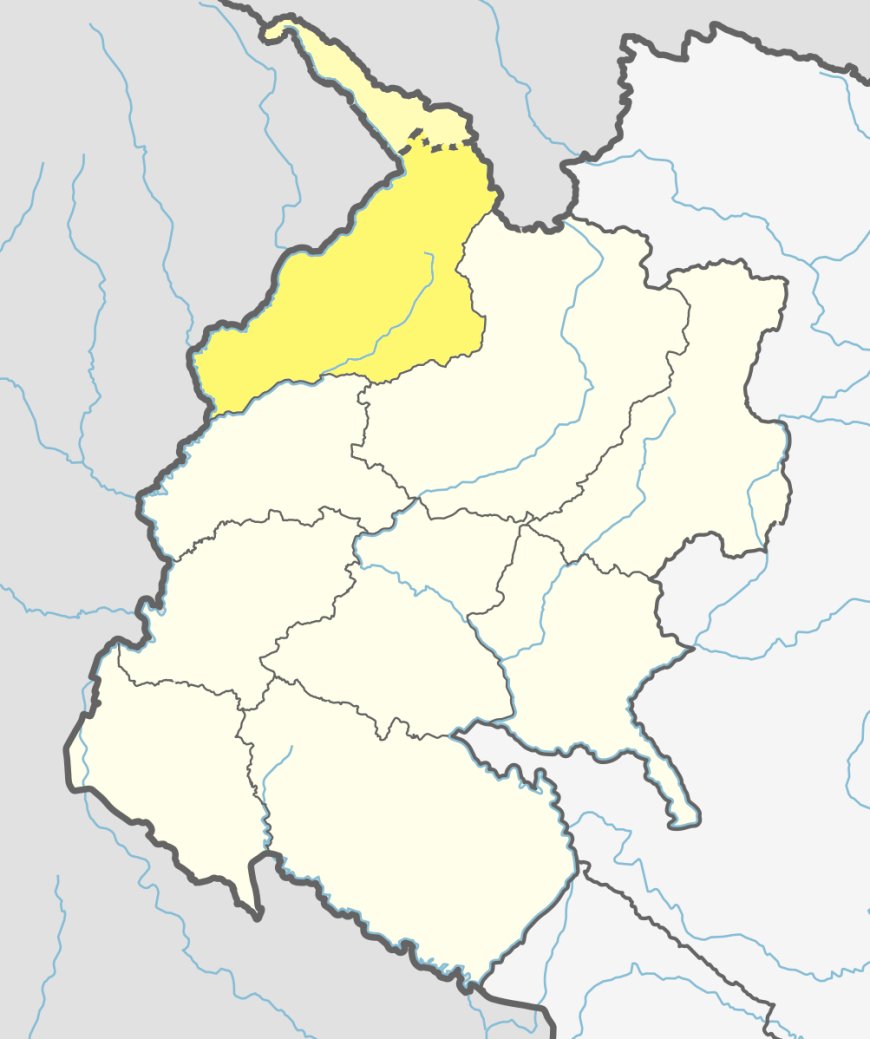
Introduction

Darchula is a picturesque district located in the far-western region of Nepal, renowned for its unspoiled natural beauty, vibrant cultural heritage, and spiritual significance. Located in Sudurpaschim Province, this district serves as a gateway to the Mahakali region, blending majestic mountain landscapes, ancient traditions, and a unique cultural identity. This district, with its headquarters in Khalanga, is a dream destination for trekkers, history enthusiasts, and nature lovers. From its lush valleys and snow-draped peaks to its sacred temples, Darchula remains an underrated gem waiting to be explored.
Geographical Overview
Covering an area of 2,322 square kilometers, this district has diverse geographical features, including soaring peaks, verdant forests, and pristine rivers. The district’s elevation ranges from 518 meters to 7,132 meters, encompassing the Api and Nampa mountain ranges.
The district’s climate varies from subtropical in the lowlands to alpine in the higher altitudes, supporting a rich array of flora and fauna. The Mahakali River, which forms the natural border between Nepal and India, flows through the district, providing water for agriculture, hydroelectric power, and aquatic ecosystems.
Table: Geographical Features
|
Feature |
Data |
|
Total Area (sq. km) |
2,322 |
|
Altitude Range (m) |
518–7,132 |
|
Major Rivers |
Mahakali, Chameliya |
|
Climatic Conditions |
Subtropical to Alpine |
Demographics
This district is home to approximately 150,000 people, comprising a blend of ethnic groups. The largest community is the Khas Arya, followed by the Dalit, Janajati, and Bhotiya communities. Nepali is the predominant language, but Kumaoni, Bajhangi, and Doteli dialects are also widely spoken, reflecting the district's rich cultural diversity. Traditional festivals, rituals, and folklore further highlight the vibrant cultural mosaic of this district.
Table: Ethnic Composition
|
Ethnic Group |
Percentage (%) |
|
Khas Arya |
40% |
|
Dalit |
25% |
|
Janajati |
20% |
|
Bhotiya |
15% |
Cultural and Historical Significance
The district’s cultural and spiritual heritage is deeply rooted in its history and traditions. The Bhotiya community celebrates unique festivals like Losar, marking the Tibetan New Year. Similarly, Hindu festivals such as Dashain and Tihar are celebrated with great fervor by all communities.
The district is also home to notable religious landmarks like the Malikarjun Temple, revered by both Hindus and Buddhists. Situated at an altitude of 2,000 meters, the temple attracts devotees seeking blessings and spiritual solace.
Table: Key Festivals
|
Festival |
Month |
Significance |
|
Losar |
February |
Bhotiya festival celebrating New Year |
|
Dashain |
October |
Hindu festival of victory |
|
Tihar |
November |
Festival of lights |
|
Gaura Parva |
August |
Celebration of marital fidelity |
Major Attractions and Activities
This district’s stunning landscapes and cultural landmarks make it a must-visit destination. The Api-Nampa Conservation Area is a major attraction, offering pristine trekking routes that showcase a variety of ecosystems and breathtaking views of the Api and Nampa peaks.
Other highlights include the Malikarjun Temple, the scenic Chameliya River, and the historic Khalanga Fort, which played a significant role during the Anglo-Nepalese War. Visitors can also immerse themselves in the local culture by exploring Bhotiya villages and participating in their traditional practices.
Table: Major Attractions
|
Attraction |
Location |
Highlight |
|
Api-Nampa Base Camp |
Northern Part |
Trekking and views of Api and Nampa peaks |
|
Malikarjun Temple |
Shailyashikhar |
Sacred site for Hindus and Buddhists |
|
Chameliya River |
Central Part |
White-water rafting and serene landscapes |
|
Khalanga Fort |
Khalanga |
Historic fort with panoramic views |
Popular activities in this district include trekking, bird watching, and exploring traditional markets. The district promotes eco-tourism, ensuring that its natural and cultural assets are preserved for generations to come.
Economic Overview
Agriculture is the backbone of this district’s economy, with crops like maize, wheat, and barley being staples. Additionally, herbs like yarsagumba and jatamansi are significant contributors to the local economy due to their high market value.
Tourism is a growing sector, driven by attractions such as the Api-Nampa Conservation Area and religious sites. Traditional crafts, such as wool weaving and pottery, also play a vital role in preserving the district’s cultural heritage while supporting livelihoods.
Table: Economic Highlights
|
Sector |
Contribution |
|
Agriculture |
Maize, wheat, barley, yarsagumba |
|
Tourism |
Api-Nampa trekking, Malikarjun Temple |
|
Traditional Crafts |
Wool weaving, pottery |
Conclusion
Darchula is a mesmerizing district that seamlessly blends natural splendor, cultural richness, and economic promise. From the towering Api and Nampa peaks to the sacred Malikarjun Temple, this district offers a unique and unforgettable experience for visitors. Whether you are drawn to its trekking trails, vibrant traditions, or warm hospitality, this district promises to leave an everlasting impression. With its commitment to eco-tourism and cultural preservation, this district stands as a testament to Nepal’s diverse and timeless beauty.
Frequently Asked Questions (FAQs)
1. Where is Darchula located?
Darchula is situated in the far-western part of Nepal, in Sudurpaschim Province.
2. What is Darchula best known for?
The district is famous for the Api-Nampa Conservation Area and the Malikarjun Temple.
3. Which rivers flow through Darchula?
The Mahakali and Chameliya rivers are the major rivers in Darchula.
4. What is the dominant ethnic group in Darchula?
The Khas Arya community forms the largest ethnic group in the district.
5. What are the major crops grown in Darchula?
Maize, wheat, barley, and yarsagumba are the primary crops grown in Darchula.
6. What is the best time to visit Darchula?
Spring (March to May) and autumn (September to November) are the best seasons to visit Darchula.
7. What cultural festival is celebrated by the Bhotiya community?
The Bhotiya community celebrates Losar to mark the Tibetan New Year.
8. What is the significance of Malikarjun Temple?
Malikarjun Temple is a sacred site revered by both Hindus and Buddhists.
9. What makes Api-Nampa special?
Api-Nampa is renowned for its diverse trekking routes and stunning views of the Api and Nampa peaks.
What's Your Reaction?































